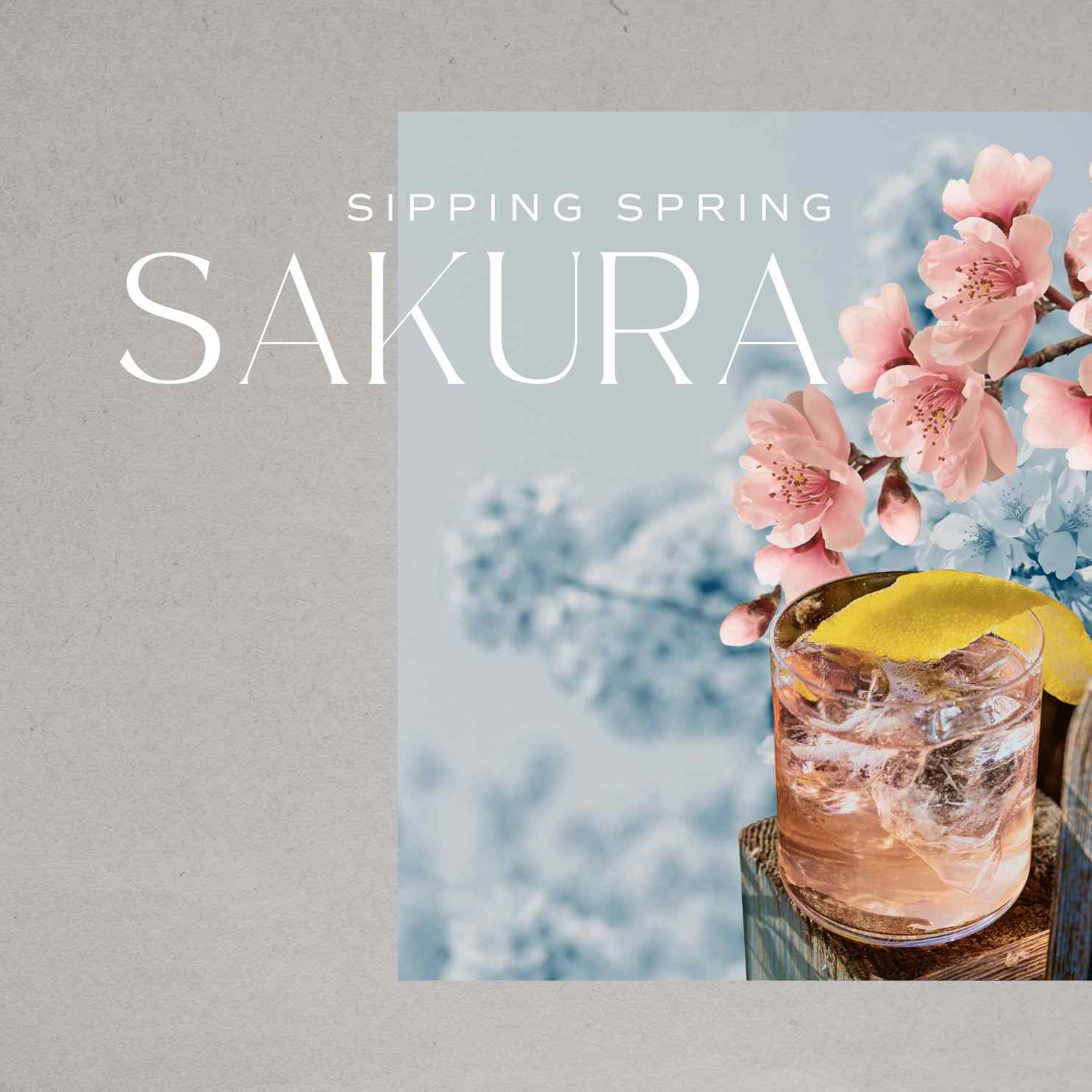

Cherry Blossom & Spring
Cherry blossom acts as a cultural symbol of renewal and hope, but nowhere more so than in Japan where it has long been treasured as an emblem of the country's beautiful landscape.
The flowering season is brief, from March to May, and each tree only blooms for just a few weeks. It’s gone so fast! And it's the transient nature of the cloud-like floral displays and their delicate beauty that has led cherry blossom to become a symbol for the fleeting nature of life itself.
People travel far to stand under glorious blooms, and cherry blossom season is celebrated in Japan through the tradition called Hanami, where viewers gather to take in the floral display. Hanami literally means "viewing flowers" even if it is only really used to indicate cherry blossom viewing.
If you take part, you’ll find that there’s actual booze to drink in too, not just the view. Traditionally, a sake toast is often drunk in celebration of the arrival of the sakura blossom.
Cherry blossom may not be abundant across the UK (although plum trees are already showing white displays all over the Southeast) but they are dotted around for those who care to look.
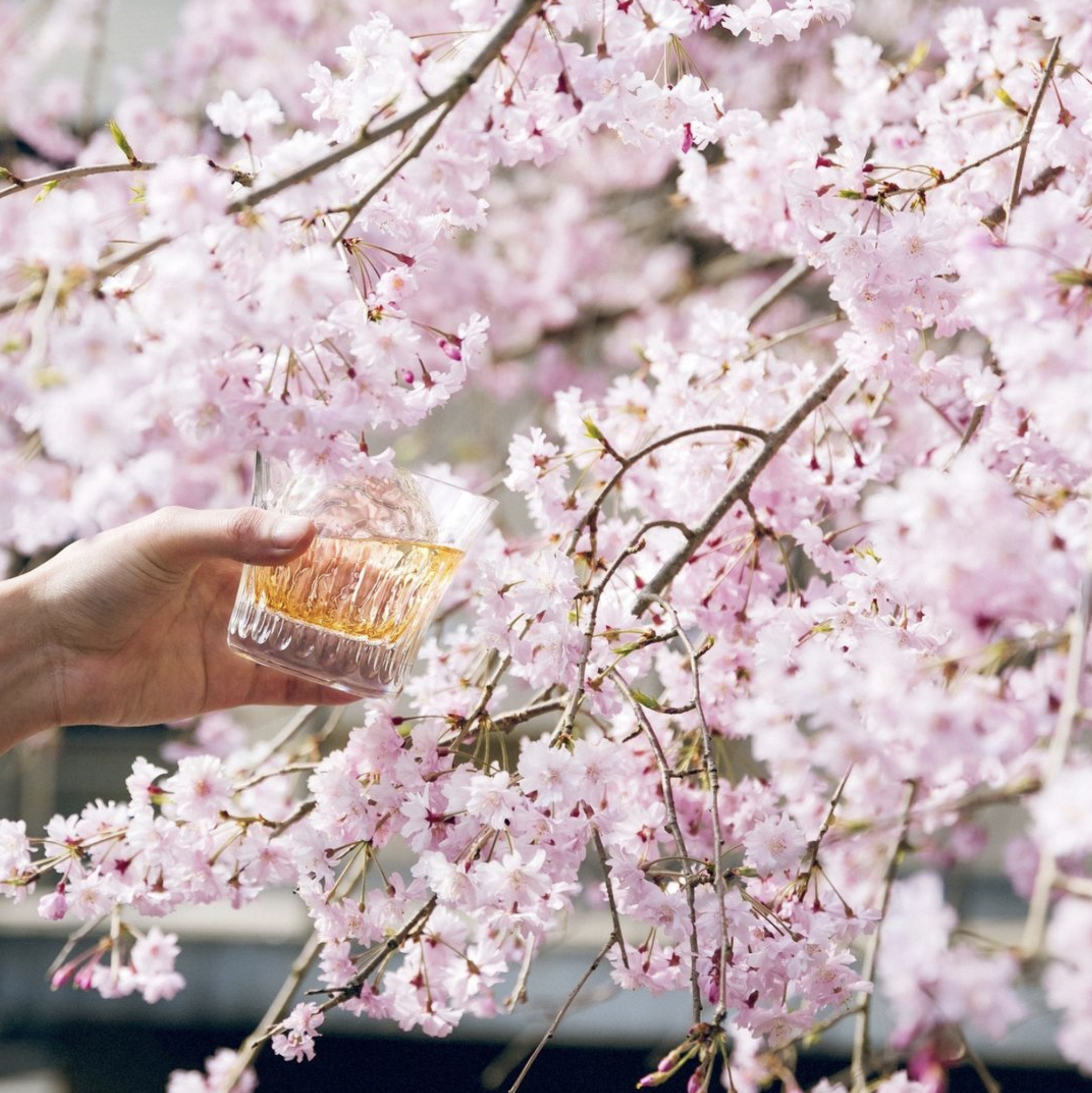

Foraging for Cherry Blossom
Cherry blossom has a unique floral and almond-like flavour with a hint of cherry which can make for fantastic syrups, while the blooms look stunning garnishing a cocktail.
Cherry bloom foraging basics
Be sure to forage responsibly and only take the petals that you need. Additionally, don’t pluck from a tree that’s next to a busy road and if you can, look for a tree where you are beyond any doubt as to whether it might have been sprayed with any chemicals (wild is great, some city parks not so much…).
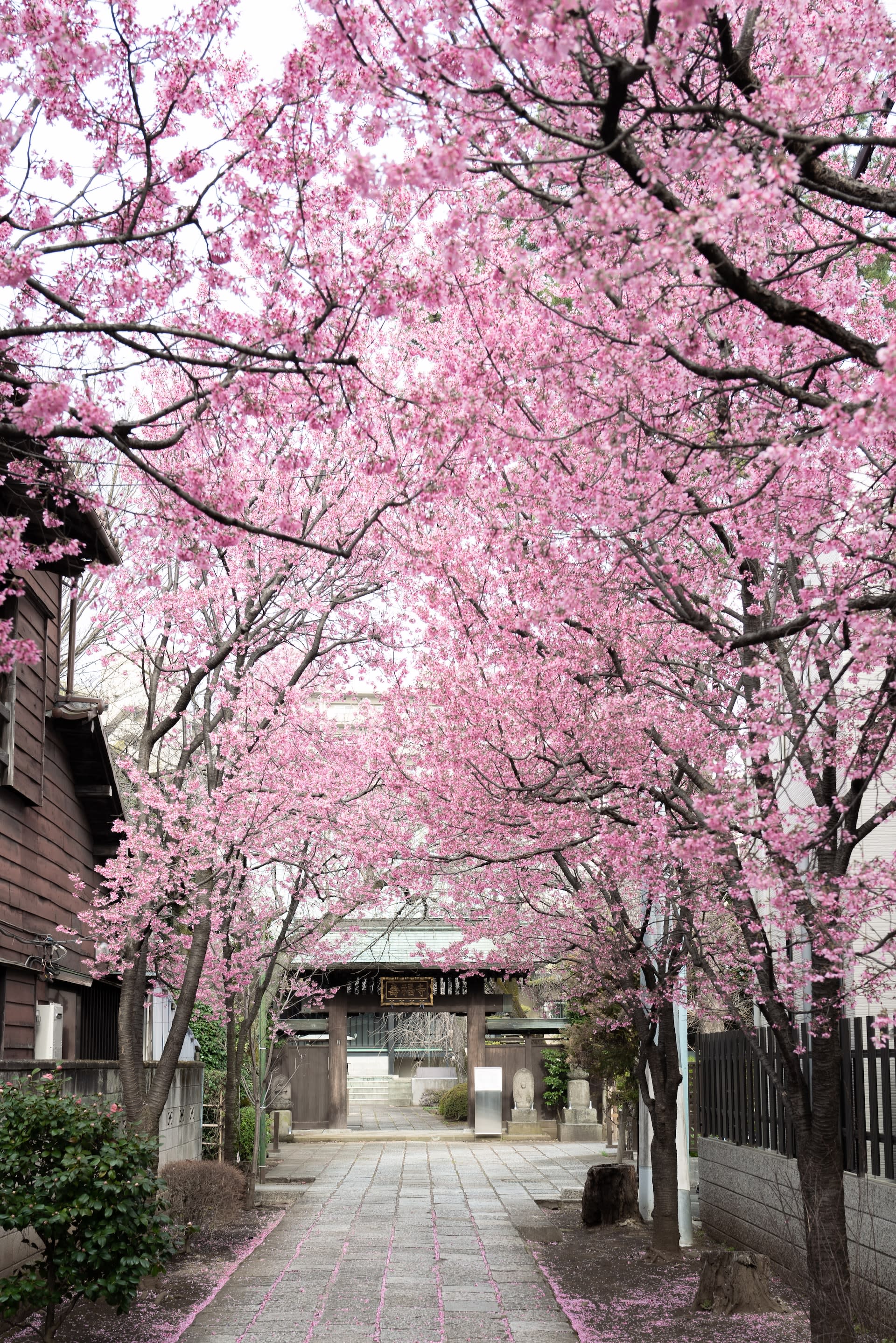

Obviously, you are looking for the big floral displays - they are hard to miss! Beyond that, when identifying a tree look for this - Cherry tree bark is smooth and reddish-brown with horizontal lines when young, becoming rougher and greyer with age. Cherry flowers are white and cup-shaped with five petals. They measure around 15mm across and come in clusters of two to six flowers on long stalks. The leaves are oval, green and toothed with pointed tips.
If you are still not sure, get a plant recognition app to confirm you’ve got the right tree before getting a bag out!
It's worth remembering that not all cherry blossoms are edible. Try and look out for the Prunus serrulata species of flowering cherry. ‘Serrulata’ refers to the serrated edges of the petals that give the blooms a fluffy, cloud-like appearance.
After you have gathered the petals, store them in a cool, dry place and use them as soon as possible. It's advisable just to eat cherry blossoms in small amounts, particularly when raw. Like apple pips, sloe stones and apricot kernels, cherry flowers and leaves contain cyanogenic compounds as well as the compounds such as Coumarin (which is why they smell lovely!).
It's not a big thing to worry about, as the concentration of these reduces as flowers are processed – just worth noting as too many (say the equivalent of three handfuls in one sitting) and it'll go from pink to brown quite quick in all the wrong ways…
Garnishing with cherry blossom
For many, raw cherry blossom has no real discernible taste. It’s subtle. The fragrance is much easier to pick up on through and cherry blossom’s aromatic quality makes it a great garnish (let alone the way it looks).
Try adding one onto an Aviation, a White Lady or in a cluster sprig in a G&T.
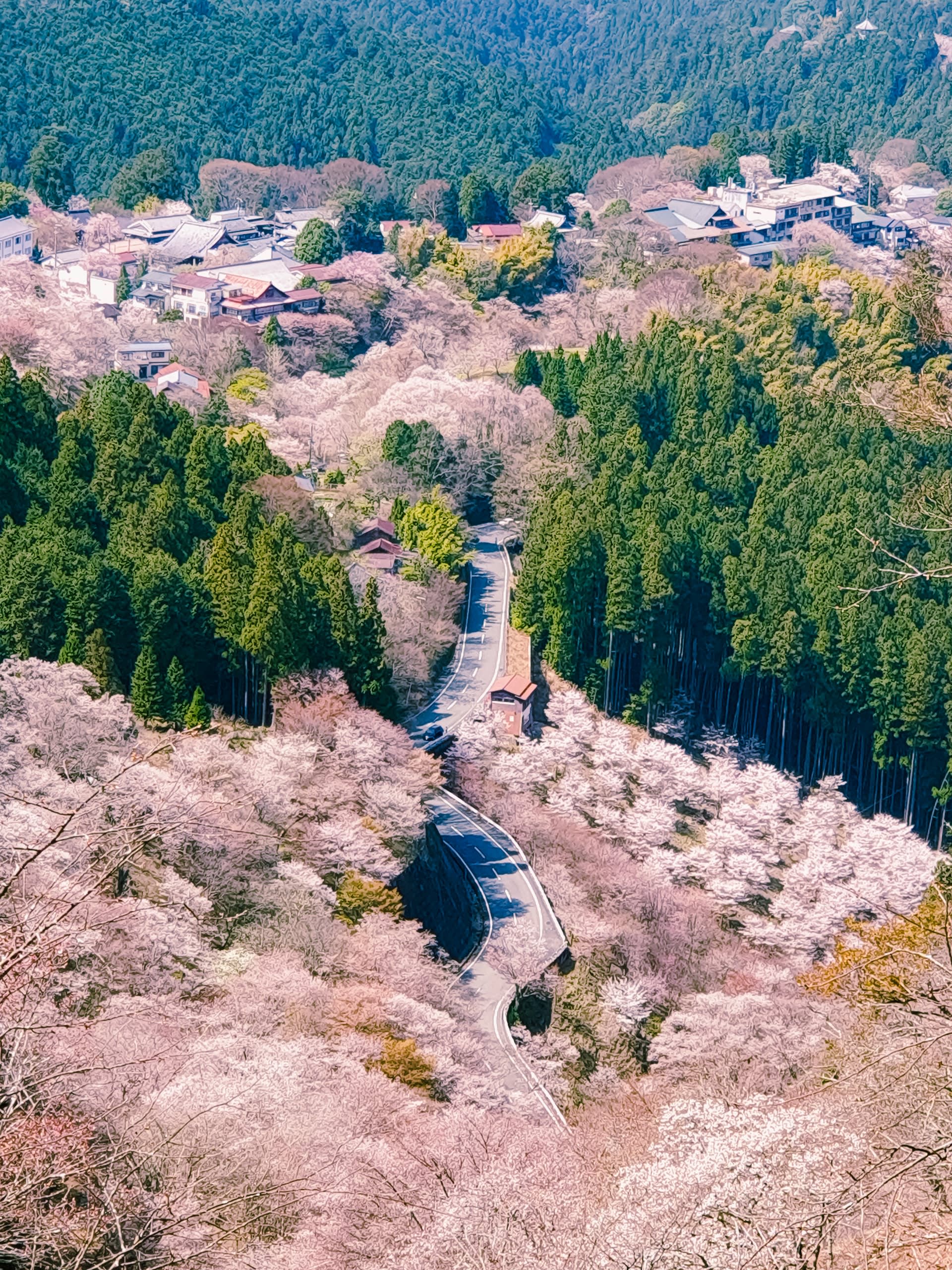

Cherry blossom syrups
Raw petals may only have a subtle flavour of bitter almond, but because the trees bloom prolifically it's easy to harvest enough flowers to make a delicious spring syrup.
From a cocktail perspective, consider cherry blossom syrup like a more subtle version of maraschino. Rich, floral and honeyed with almond notes and a hint of fruitiness but not overpowering.
To make a simple syrup, take a big bunch of fresh cherry blossoms, remove the stalks and place it into a jar. Add hot water to cover the blossoms, seal and leave to infuse for 24 hours.
If you want - add a raspberry or a few rose petals to give it a pinkish hue (you’ll also find that they complement the floral profile nicely).
Once ready, strain the liquid through a fine sieve into a small pan and add the same quantity of white sugar. E.g. 250g sugar for 250ml of liquid. Gently heat the liquid to dissolve the sugar, bring to the boil and simmer for 3 to 5 minutes.
Once the sugar has been diffused into the mix, pour into a sterilised bottle!
Infusions
When infusing directly into spirits, the petals give off their notes quite quickly. Same goes when adding them to vinegar to make a shrub.
To flavour gin or vodka, infuse a handful of fresh cherry blossoms in the spirit for a couple of days. You can leave it infuse for longer but best not infuse it more than a couple weeks as petals can putrefy at the top of the bottle where they are in contact with air.
Once ready fine strain and add sugar to taste. You’ll be amazed how much that light cherry floral note deepens into stronger stone fruit and how the almond flavours emerge.
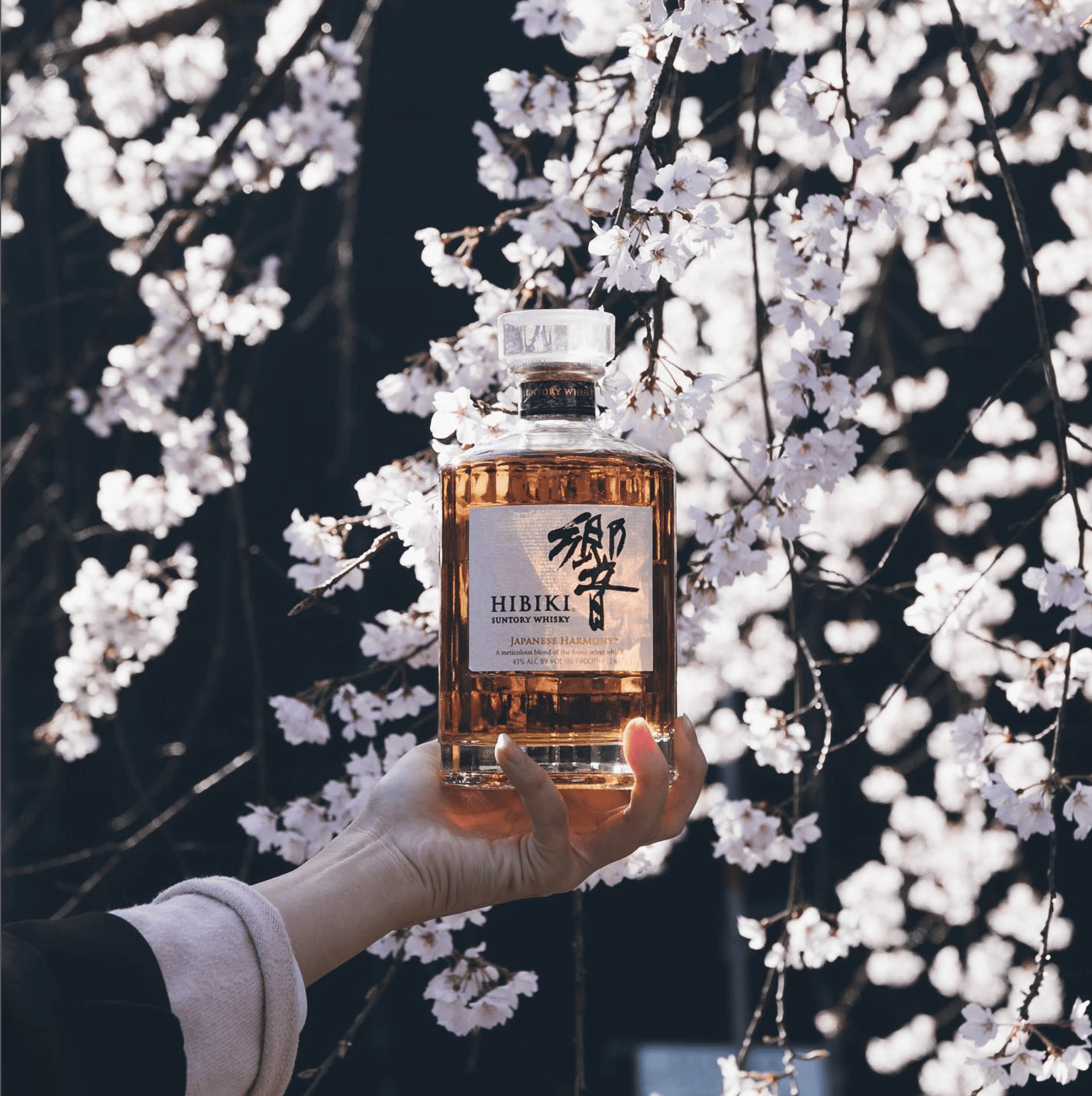

Those unmistakeable almond notes really shine when you serve your infused spirit with soda water, particularly the flavoured variants like White Peach & Jasmine Soda.
If making your own sounds like too much faff (fair enough) – there are many gins that use cherry blossom as a botanical. How discernible it is in the overall profile is up for debate though. Alternatively, you can find your Sakura hit through vermouth and non alcs such as Mancino and Everleaf.
The base of Mancino Sakura is a blend of 20 botanicals infused into Italian white wines. The bitter taste on the palate given by the wormwood, the depth is added via herbs but layered onto this are cherry blossoms from Kyoto and Italian Viola flowers. Floral, but not overtly perfumed, perfectly pink and very easy to drink! Try it in a spritz or use it as the vermouth in a Dry Martini.
Non Alcohol alternative Everleaf Mountain contains extracts and distillates of cherry blossom, rosehip, strawberry, cherry, wormwood and more. The result is a big hit of cherry blossom with hints of black cherry and strawberry on the nose. Tart rosehip and savoury myrtle take over to taste and it’s satisfying in the way that gives you fruit and floral flavours in equal measure.
Both showcase different properties of cherry blossom and different ways they can be harnessed in cocktail, making for an easy way to bring a sense of the season into your glass.
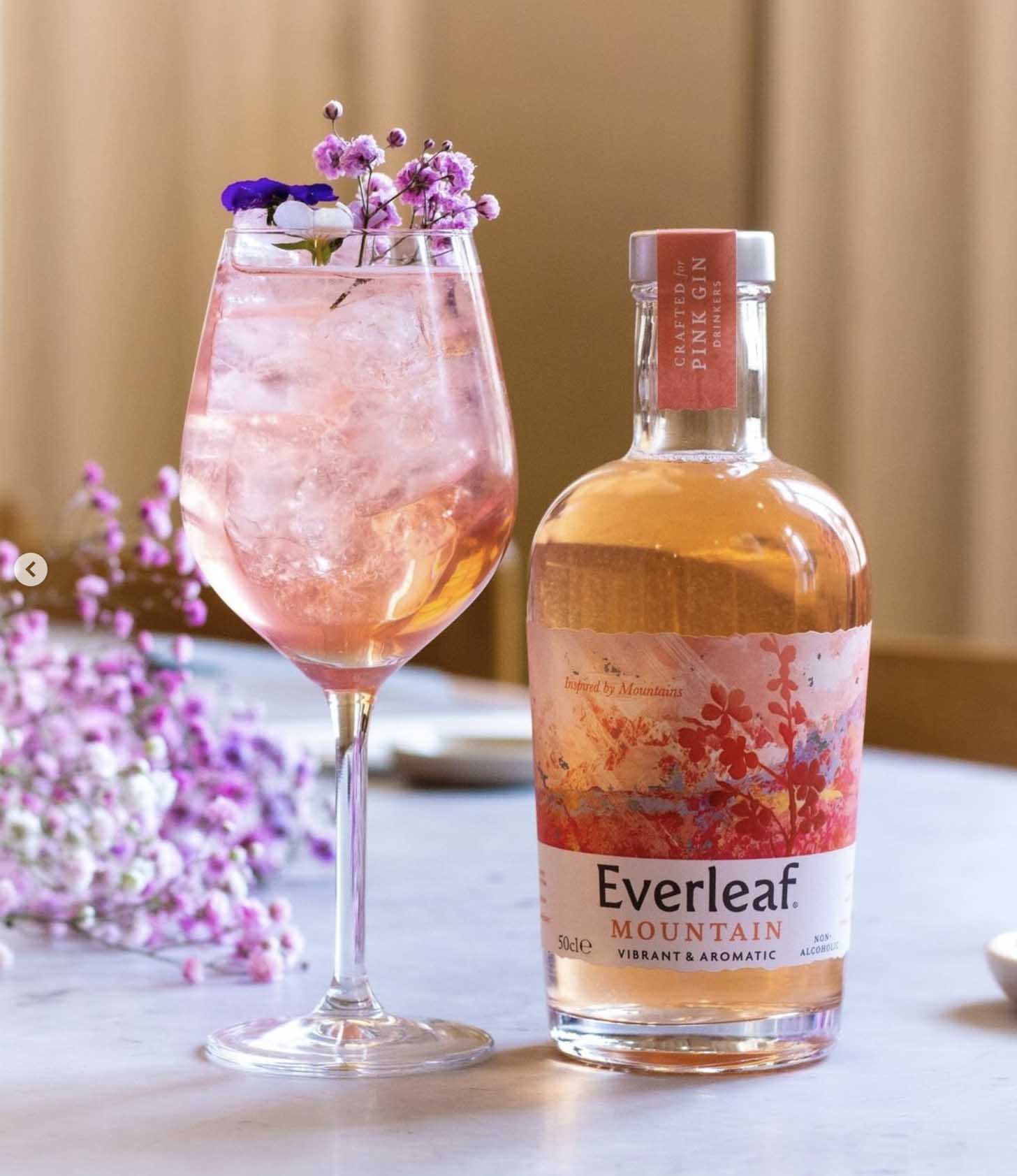

Whichever way you go about it, cherry blossom season brings with it a feeling of renewal, hope, and appreciation for the wonders of the natural environment.
Not only do these delicate flowers provide vibrant aesthetic pleasure, but they also encourage people to engage in mindful activities and truly connect with nature. So get out and enjoy the spectacular spray of flowers and don’t forget to toast to cherry blossom season with a delicious drink or two!



